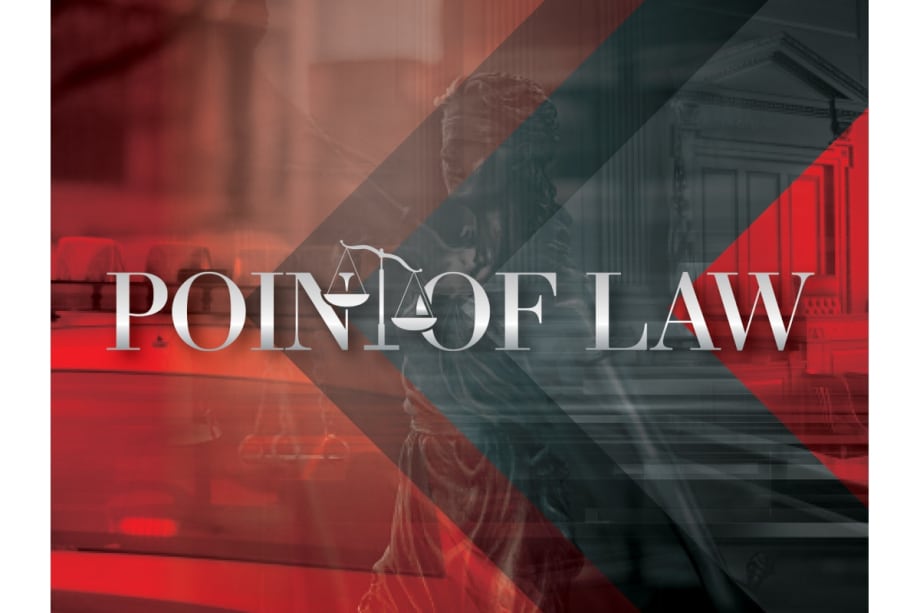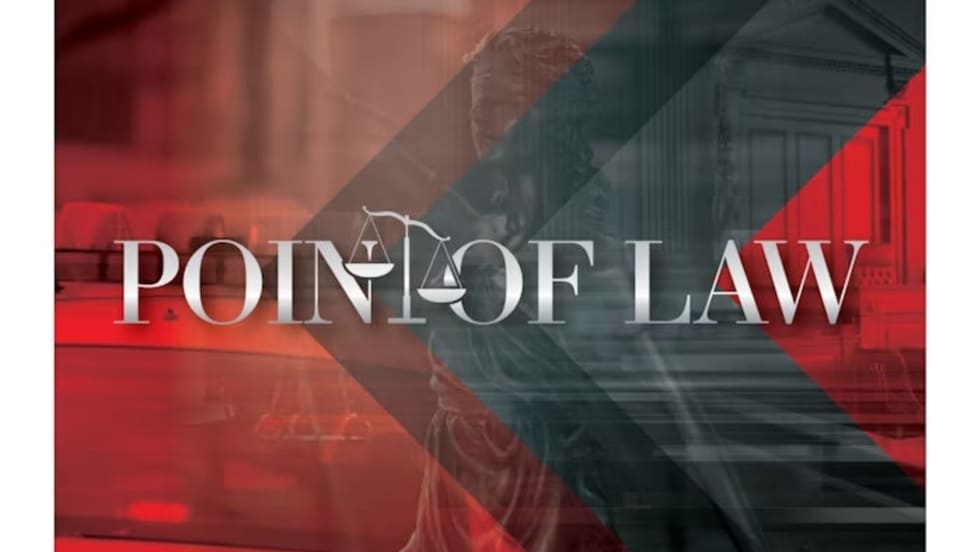In Plumhoff v. Rickard, Donald Rickard led police officers on a high-speed car chase that came to a temporary halt when Rickard spun out into a parking lot. Rickard kept moving and accelerating his car against a patrol car and an officer fired three shots into Rickard’s car. Rickard managed to drive away, almost hitting an officer in the process. Officers then fired 12 more shots as Rickard sped away, striking him and his passenger, both of whom died.
Rickard’s daughter then filed against officers claiming that they had used excessive force that violated the Fourth and Fifteenth Amendments. The District Court denied the officers’ motion for summary judgment based on qualified immunity, holding that their conduct violated the Fourth Amendment and was contrary to clearly established law at the time in question. The Sixth Circuit also held that the officers’ conduct violated the Fourth Amendment. It affirmed the District Court’s order, suggesting that it agreed that the officers violated clearly established law. SCOTUS later reversed this decision. The Supreme Court determined that the officers were entitled to qualified immunity because they did not violate the Fourth Amendment since the Rickard’s flight posed a grave public safety risk and the officers acted reasonably in using deadly force to end that risk. Rickard never stopped trying to flee and his actions kept intensifying.
In Mullenix v. Luna Israel Leija, Jr. fled after he was approached regarding a warrant that was out for his arrest. Sgt. Baker and Trooper Gabriel Rodriguez chased Leija for 18 minutes at speeds between 85 and 110 miles per hour. Twice during the chase, Leija called the Tulia Police dispatcher, claiming to have a gun and threatening to shoot at police officers if they did not abandon their pursuit. As Baker and Rodriguez maintained their pursuit, other officers set up tire spikes at three locations.
DPS Trooper Chadrin Mullenix also responded to the chase. Upon learning of the other spike strip positions, however, Mullenix began to consider another tactic: shooting at Leija’s car in order to disable it. Mullenix had not received training in this tactic and had not attempted it before, but he radioed the idea to Rodriguez. Rodriguez responded “10-4.” Mullenix then asked the DPS dispatcher to inform his supervisor, Sergeant Byrd, of his plan and ask if Byrd thought it was “worth doing.”
Before receiving Byrd’s response, Mullenix exited his vehicle and took a shooting position on the overpass. Respondents allege that from this position, Mullenix still could hear Byrd’s response to “stand by” and “see if the spikes work first.” As Leija approached the overpass, Mullenix fired six shots. Leija’s car continued forward beneath the overpass, where it engaged the spike strip, hit the median, and rolled 2 1/2 times. It was later determined that Leija had been killed by Mullenix’s shots, four of which struck his upper body.







